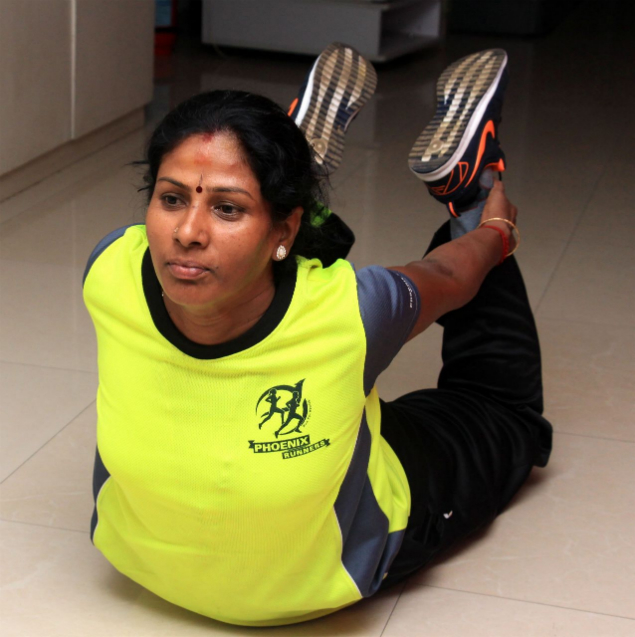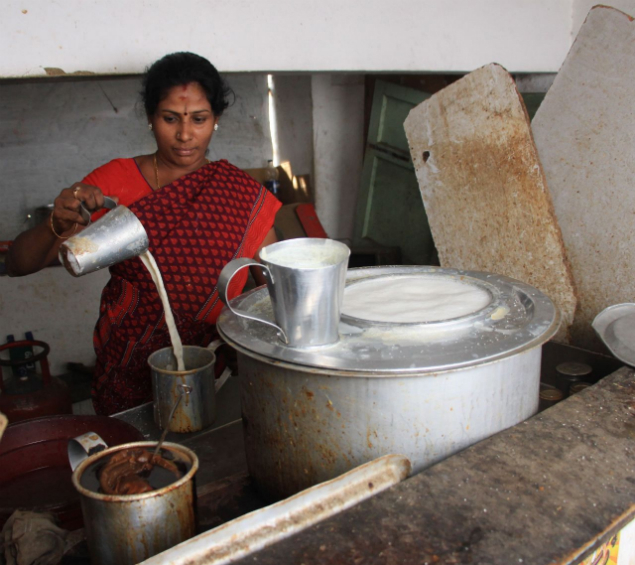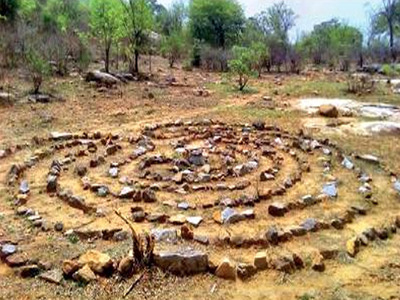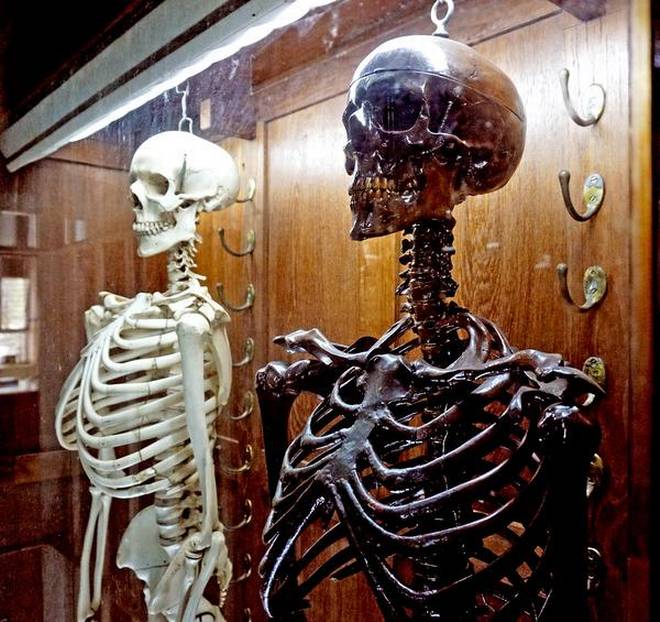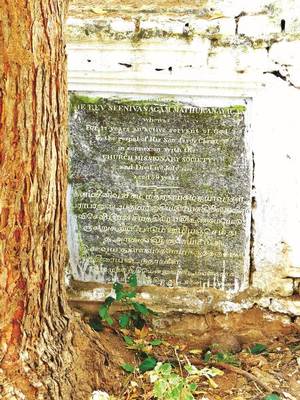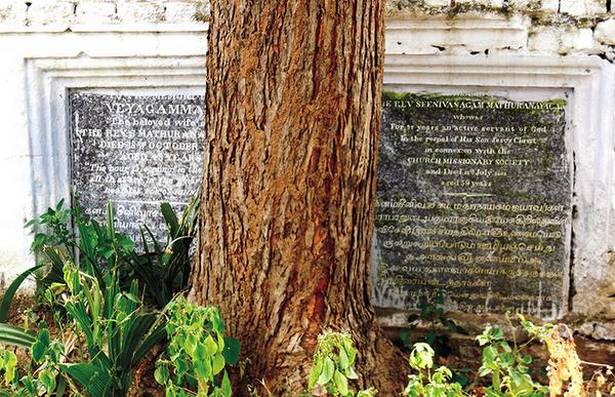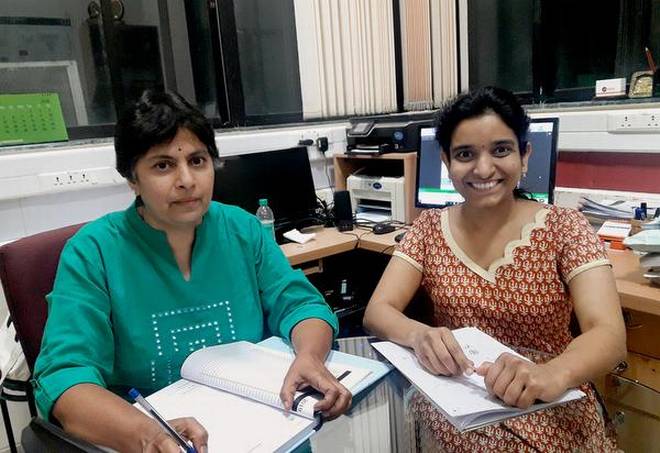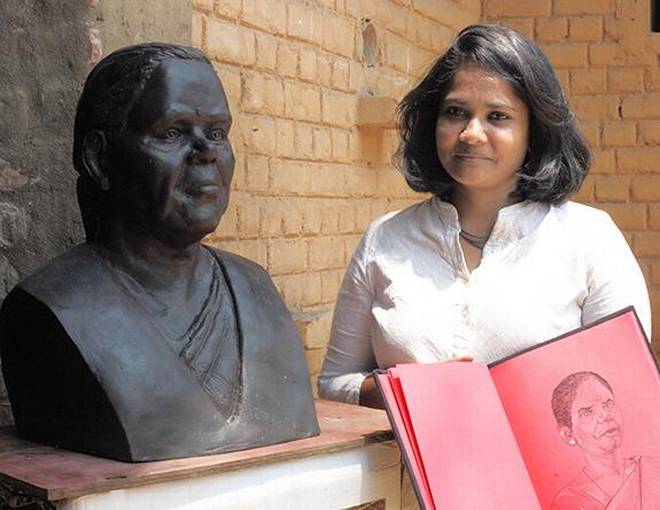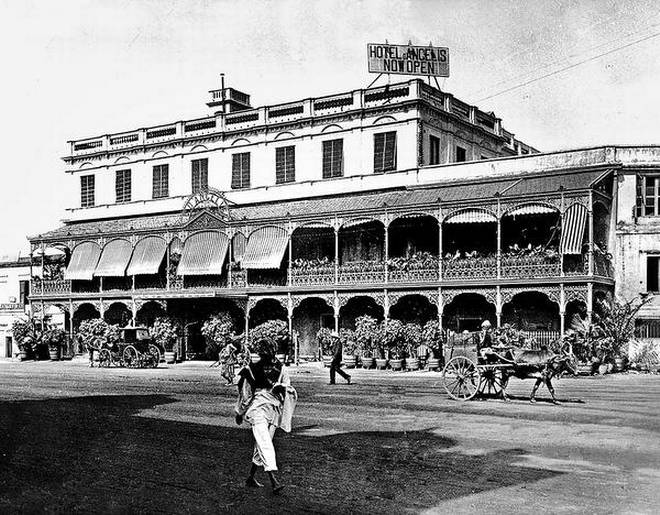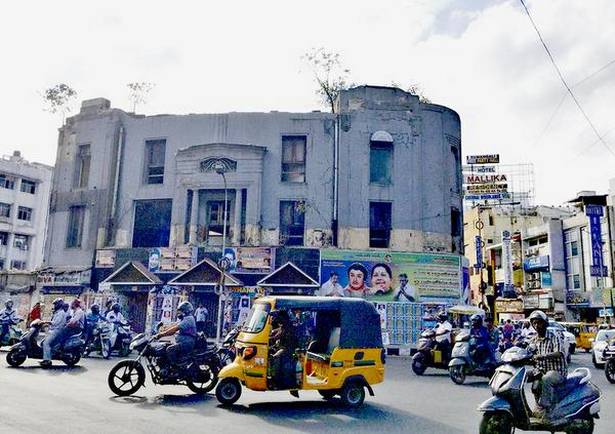One is never too old to participate in marathons, says 45-year-old A Kalaimani , an athlete and marathoner. “Opportunities are there for people even up to the age 100 to participate in the Masters athletic championships. This is a sure way to keep oneself fit and ward off ailments, she says.
Kalaimani, who runs a tea stall in the city, has been participating in 21-km marathons with her team ‘Phoenix Runners’. She never misses her morning workout sessions; every Sunday she runs for 21 km as part of her practise to achieve her goal, the 41-km marathon. “I want to complete the 41-km marathon in four hours,” said Kalaimani. She has participated in national and state level Masters athletics events and won four gold medals.
Kalaimani, a native of Pudukkotai, had studied up to Class X; in school she used to participate in kabadi and athletics events. She got married when she was 20 to P Azhagu. “I told my husband that I would continue to pursue athletics. He agreed,” she said.
Since marriage, she has been assisting her husband to run the tea shop in Telungu Street – Thomas Street corner in the city. Kalaivani, who is the master in the tea stall, has two sons – A Prabhu, 24, A Prabhakaran, 21, both school van drivers – and A Priyanka, 19, who is studying BSc. “Ten years ago, my husband came to know about Masters athletics events and asked me to participate.
I was not aware about such an event and approached many people. Finally, I was brought under the tutelage of coach Joseph who made me to participate in district, state and national level athletic events for Masters,” she said.
Trained in 400 metres and 800 metres sprinting events, she won three gold medals in a state level athletic meet held at Pugalore in Karur district in December 2017. She also won gold in the 800 metres event in the National Masters Athletic Championship held in Coimbatore in 2014. She won the third place in the 1,500 metres event in the national meet.
I am keen on taking part in marathons. So, I joined the Phoenix Runners team and took training for the marathon. I used to wake up at 4am and prepare breakfast for my family. Around 5am, I used to drop my husband at the tea stall and go for practise. Every Sunday, our team members cover 21km. Now I am taking special practise to run 41km,” she added.
Kalaimani won the first place in the 21-km marathon held at Annur last month. “I want to take part in marathons across the country,” she said.
“Many women who have been active in the athletics circuit sacrifice their dream after marriage for the family. They should come forward and there are lots of opportunities for people of all ages in the Masters athletic championships,” said Kalaimani.
(Photo credit: Jackson)
source: http://www.timesofindia.indiatimes.com / The Times of India / News>City News> Coimbatore News / TNN / April 07th, 2018
